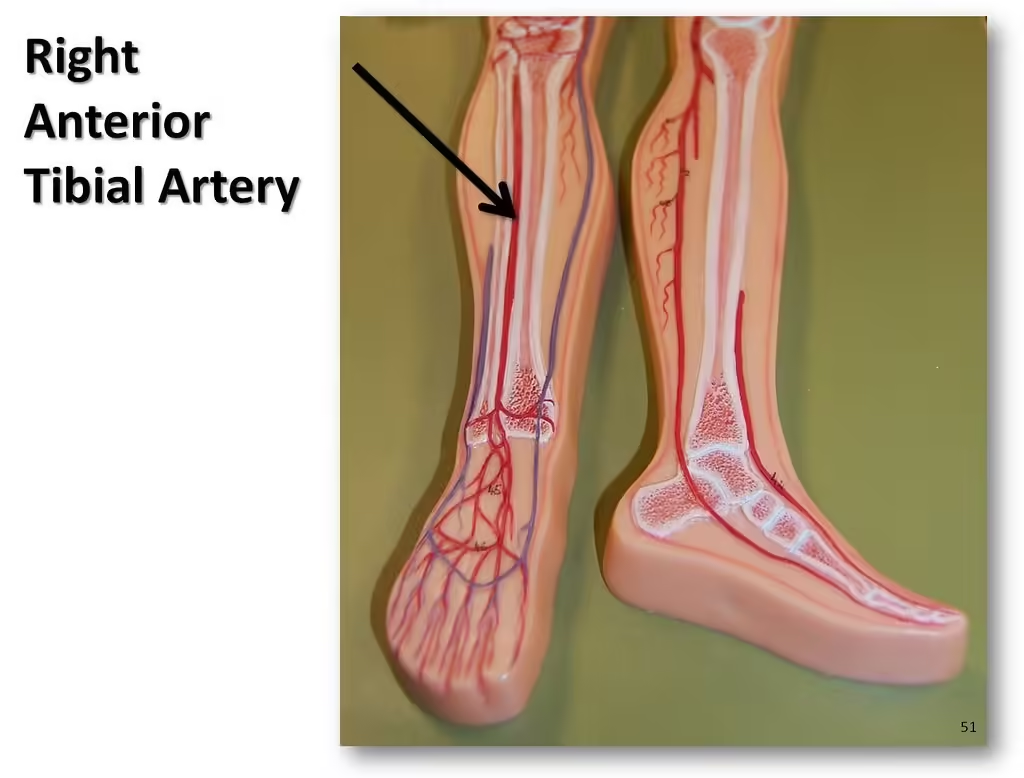
Table of Contents
Peripheral artery disease is a disorder in which blocked arteries may be sending messages to your legs (PAD). Peripheral artery disease (PAD) is caused by reduced blood flow due to plaque buildup in the arteries that supply blood to the limbs. Leg pain, cramps or fatigue are some of the symptoms it can cause, especially when engaging in strenuous activities such as walking or climbing stairs. Although the pain usually goes away when you rest, recurring symptoms are a sign of poor circulation and should not be ignored. More serious side effects, such as non-healing wounds, infections, and even the possibility of limb loss, can develop from PAD over time. Better vascular health can be promoted by recognizing these symptoms and getting medical help as soon as possible to stop further arterial blockages.
Understanding Peripheral Artery Disease (PAD)
When arteries become blocked due to plaque build-up, it is known as peripheral artery disease. This condition limits the movement of your limbs, especially your legs and feet, and causes severe discomfort. The Cleveland Clinic states that PAD causes cramps, discomfort in the legs and feet, and, in extreme cases, loss of limbs. If you experience symptoms such as regular leg pain or difficulty standing for long periods of time, you should seek medical attention for PAD.
Read More: Common Heartburn Drugs Linked to Early Death, Study Claims.
Testing for Clogged Arteries

Early detection of PAD reduces the risk of major sequelae. Doctors will use the ankle-brachial index (ABI) test or measure your pulse in your leg to check for it. The ABI test uses ultrasonography to determine if there are any blockages or reduced blood flow down the chain by comparing the blood pressure in your arm and ankle. If you have a family history of heart disease or peripheral artery disease (PAD), or if you have swelling in your ankles or feet, which could indicate heart failure or blocked arteries, you need immediate attention.
The Impact of Poor Circulation

Poor circulation can greatly affect foot problems. Reduced blood flow deprives tissues of nutrients and oxygen, leading to tingling, discomfort and significantly reduced wound healing. Plaque buildup clogs blood vessels, reducing blood flow and increasing peripheral artery disease (PAD). In addition, peripheral edema – a condition that causes the legs and feet to swell – can be caused by inadequate heart function. Monitoring and controlling blood sugar levels is important because diabetics can experience painful leg pain and numbness due to nerve damage from high blood sugar.2.
Preventive Measures for PAD and CAD

Living a healthy lifestyle is the key to preventing blocked arteries, thereby preventing PAD and CAD. A balanced diet low in trans and saturated fats and regular exercise are excellent goals. The US Department of Health and Human Services recommends that individuals get at least 150 minutes of moderate exercise each week, or about 20 minutes per day. Aim to quit smoking, monitor your blood sugar, and talk about prescription medications for problems like high blood pressure or cholesterol.
Read More: Man’s Chest Ignites during Open-Heart Surgery
Maintaining Heart Health for Healthy Feet

There is a two-way communication between your heart and your feet. Maintaining a healthy heart ensures good blood flow to your limbs, and you can reduce the pressure on your legs and heart by eating a balanced diet and being active. If your arteries are clean, your feet will be happy too. Regular visits to your doctor can help manage any underlying problems that may be affecting your foot and heart health. As always, taking preventative measures can greatly improve your quality of life and keep both your heart and feet healthy.
Conclusion

Never ignore what your body is telling you. You just need to pay attention to what your feet are telling you about your cardiovascular health. Swelling, numbness, and pain can all be indicators of heart-related problems or blocked blood vessels. By being aware of warning signs and taking preventative action, you can protect your heart and ensure improved long-term health. See your doctor if you notice any problems with your feet. Serious consequences can be largely avoided by early detection and treatment.
READ | Do you get leg cramps at night? 6 Things that Mean What could this indicate?


1 thought on “How blocked arteries may be communicating with your legs”